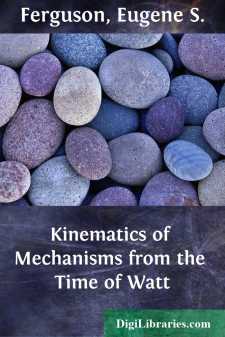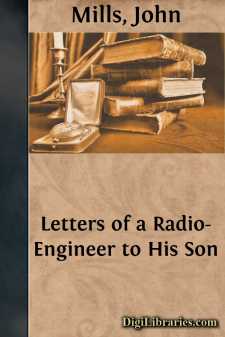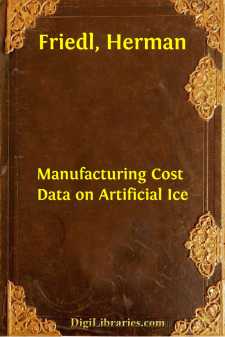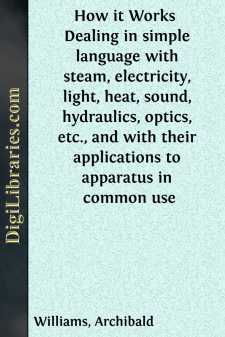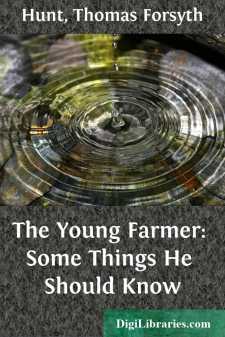Technology & Engineering
Technology & Engineering Books
Sort by:
In an inventive tour de force that seldom, if ever, has been equalled for its brilliance and far-reaching consequences, James Watt radically altered the steam engine not only by adding a separate condenser but by creating a whole new family of linkages. His approach was largely empirical, as we use the word today. This study suggests that, despite the glamor of today's sophisticated methods of...
more...
INTRODUCTION THE Germans interpret their new national colours—black, red, and white—by the saying, "Durch Nacht und Blut zur licht." ("Through night and blood to light"), and no work yet written conveys to the thinker a clearer conception of all that the red streak in their flag stands for than this deep and philosophical analysis of "War" by Clausewitz. It reveals...
more...
by:
John Mills
ELECTRICITY AND MATTER My Dear Son: You are interested in radio-telephony and want me to explain it to you. I’ll do so in the shortest and easiest way which I can devise. The explanation will be the simplest which I can give and still make it possible for you to build and operate your own set and to understand the operation of the large commercial sets to which you will listen. I’ll write you a...
more...
by:
Herman Friedl
Ice for Commercial Purposes ICE for commercial purposes is obtained in two ways: either by cutting during the winter time from our lakes and rivers and storing in large Ice Storage Houses located alongside, or by freezing pure clean water by means of artificial refrigeration. All authorities are agreed that artificial ice is more sanitary than natural ice and it is only a matter of time when the use of...
more...
THE STEAM-ENGINE. What is steam?—The mechanical energy of steam—The boiler—The circulation of water in a boiler—The enclosed furnace—The multitubular boiler—Fire-tube boilers—Other types of boilers—Aids to combustion—Boiler fittings—The safety-valve—The water-gauge—The steam-gauge—The water supply to a boiler. WHAT IS STEAM? If ice be heated above 32° Fahrenheit, its...
more...
by:
Isaac Newton
DEFINITIONS DEFIN. I. By the Rays of Light I understand its least Parts, and those as well Successive in the same Lines, as Contemporary in several Lines. For it is manifest that Light consists of Parts, both Successive and Contemporary; because in the same place you may stop that which comes one moment, and let pass that which comes presently after; and in the same time you may stop it in any one...
more...
by:
George Iles
PREFACE To a good many of us the inventor is the true hero for he multiplies the working value of life. He performs an old task with new economy, as when he devises a mowing-machine to oust the scythe; or he creates a service wholly new, as when he bids a landscape depict itself on a photographic plate. He, and his twin brother, the discoverer, have eyes to read a lesson that Nature has held for ages...
more...
Introduction The art and science of agriculture embrace most intentional human efforts to control biological activity so as to produce plants and animals of the sort wanted, when wanted. Rubber plantations, cattle ranches, vegetable gardens, dairy farms, tree farms, and a host of similar enterprises all represent human efforts to compel nature to serve man. Those who undertake agriculture have had,...
more...
CHAPTER I. THE APPARATUS. To a proper comprehension of the succeeding chapters, it is necessary first of all to be familiar with the apparatus employed in carrying out electro-balneological treatment, and I therefore proceed to give a description of this. It may conveniently be divided as follows, viz. a. The tub; b. The electrodes and connections; c. The water; d. Chemicals; e. The batteries. (a) The...
more...
CHAPTER I ESSENTIALS OF SUCCESS Columella, the much traveled Spanish-Roman writer of the first century A. D., said that for successful farming three things are essential: knowledge, capital and love for the calling. This statement is just as true today as it was when written 1900 years ago by this early writer on European agriculture. Every man who loves the calling and has an ambition to become a...
more...


